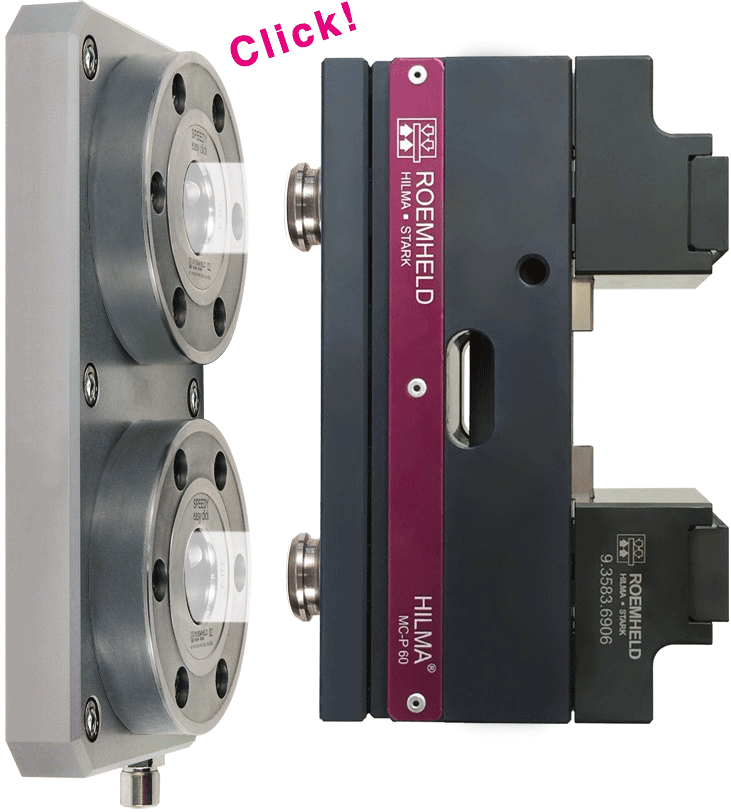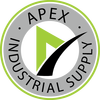Recent Posts
Quick-Change Fixturing Systems: Spotlight on Roemheld and Carr Lane
Posted on

In today's fast-paced manufacturing world, efficiency and speed are paramount. One area that has received significant attention is workholding, specifically the development of quick-change fixturing systems. These systems enable manufacturers to rapidly switch between different products or components, increasing production rates and reducing downtime. In this article, we will delve into the different types of quick-change fixturing systems, with a specific focus on offerings from industry leaders Roemheld and Carr Lane.
What are Quick-Change Fixturing Systems?
Quick-change fixturing systems are specialized mechanisms designed to hold, support, and stabilize workpieces during machining, welding, or assembly processes. Unlike traditional clamps and fixtures which require manual adjustments and time-consuming setups, these systems allow operators to swiftly and accurately change workpieces with minimal effort.
Roemheld Quick-Change Fixturing Systems
Roemheld, a prominent player in the world of workholding solutions, has a reputation for innovation and high-quality products. Their quick-change systems offer:
- Modularity: Roemheld's systems are inherently modular, allowing users to build custom solutions from a range of standardized components. This modularity ensures adaptability to various applications.
- Precision: Ensuring minimal deviations and maintaining repeatability is crucial in high-precision manufacturing. Roemheld systems offer tight tolerances that ensure consistent quality.
- Ergonomics: Considering the operator's well-being, Roemheld designs their products to minimize physical strain, making production processes smoother and more efficient.
- Diversity: From zero-point systems to hydraulic clamping solutions, Roemheld offers a diverse range of quick-change solutions suitable for various applications.
Carr Lane Quick-Change Fixturing Systems
Carr Lane is another stalwart in the workholding industry, known for its broad range of high-quality products. Their quick-change fixturing solutions include:
- QDC (Quick Die Change) systems: Carr Lane's QDC systems are known for their speed and efficiency in die-changing operations. These systems are especially popular in stamping and forming applications.
- Roemheld-Compatible Components: Recognizing the industry-wide respect for Roemheld's designs, Carr Lane offers a range of components compatible with Roemheld systems. This ensures that manufacturers can integrate Carr Lane products seamlessly into their existing Roemheld setups.
- Ball Lock Systems: Carr Lane's Ball Lock Systems ensure rapid and precise fixture changes. The unique ball-lock mechanism is designed for consistent repeatability and rugged durability.
- Versatility: Catering to a wide range of industries, from aerospace to automotive, Carr Lane's solutions are versatile and adaptable.
The Benefits of Quick-Change Fixturing Systems
Regardless of the specific brand or model, the core advantages of adopting quick-change fixturing systems are:
- Reduced Setup Time: The primary benefit is the drastic reduction in setup times, leading to higher machine utilization rates.
- Cost Savings: Minimized downtime translates to cost savings, especially in high-volume production environments.
- Flexibility: Such systems allow manufacturers to quickly adapt to changing product designs or production volumes.
- Enhanced Quality: Consistent workholding ensures reduced variability in the final product, leading to enhanced quality.
Quick-change fixturing systems, such as those offered by Roemheld and Carr Lane, have revolutionized workholding in manufacturing. By drastically reducing setup times and ensuring precision and consistency, these systems are not just a luxury but a necessity for modern manufacturers looking to stay competitive. With the continuous advancement of technology and the growing demand for flexibility and efficiency in manufacturing, the adoption of such systems will only continue to rise.
 Loading... Please wait...
Loading... Please wait...

